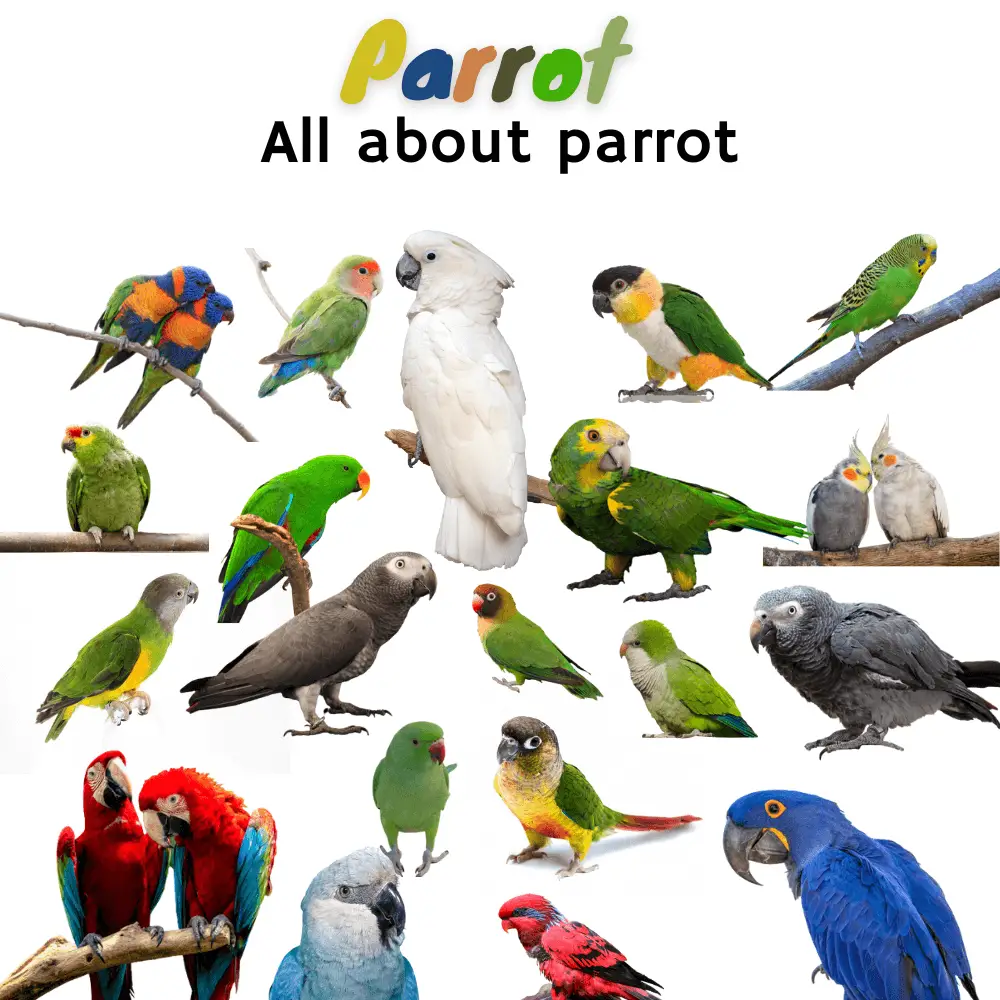Parrot: This bird, whatever its species, has always fascinated human beings. The beauty of its plumage,
its ability to imitate sounds and speech, and its behavior both toward humans and its congeners are some of the characteristics that make it an animal whose breeding (is not acting as an authorized and non-endangered species)
and watches are extremely enjoyable. Parrots are very pleasant companions who demand care, respect, and affection.
The human fascination with the parrot is extremely old. We have notably discovered vestiges of representations of this bird dating from the pre-Columbian era in present-day Peru.
European explorers and settlers quickly began to import them from South America and Oceania.
The popularity of these exotic birds has, however, been devastating for many species, which have also suffered from the destruction of their natural habitat by deforestation. The African Grey Parrot is one of them.
Parrot Species
What are the characteristics of the Parrot? How to feed parrot? These questions, and more, are answered in a broad outline.
It is common acceptance to call a parrot any bird belonging to the order of Psittaciformes. This, therefore, includes parakeets, which are the smallest species and have long tails.
However, the different organizations establishing ornithology classifications are based on significantly variable criteria.
If we stick to the nomenclature of CINFO (International Commission for French Names of Birds), for example, we call parrots only birds of the genera Poicephalus, Psittacus, and Coreopsis.
Parakeets, Macaws, Lovebirds, and other Conures are not included according to this logic.
From the Dictionary of the French Academy, the parrot is a ” climber and subtropical ” bird belonging to the Psittacidae.
In general, the features common to Parrots are a big hooked beak, bright colors, and the ability to imitate sounds and the human voice.
Macaws
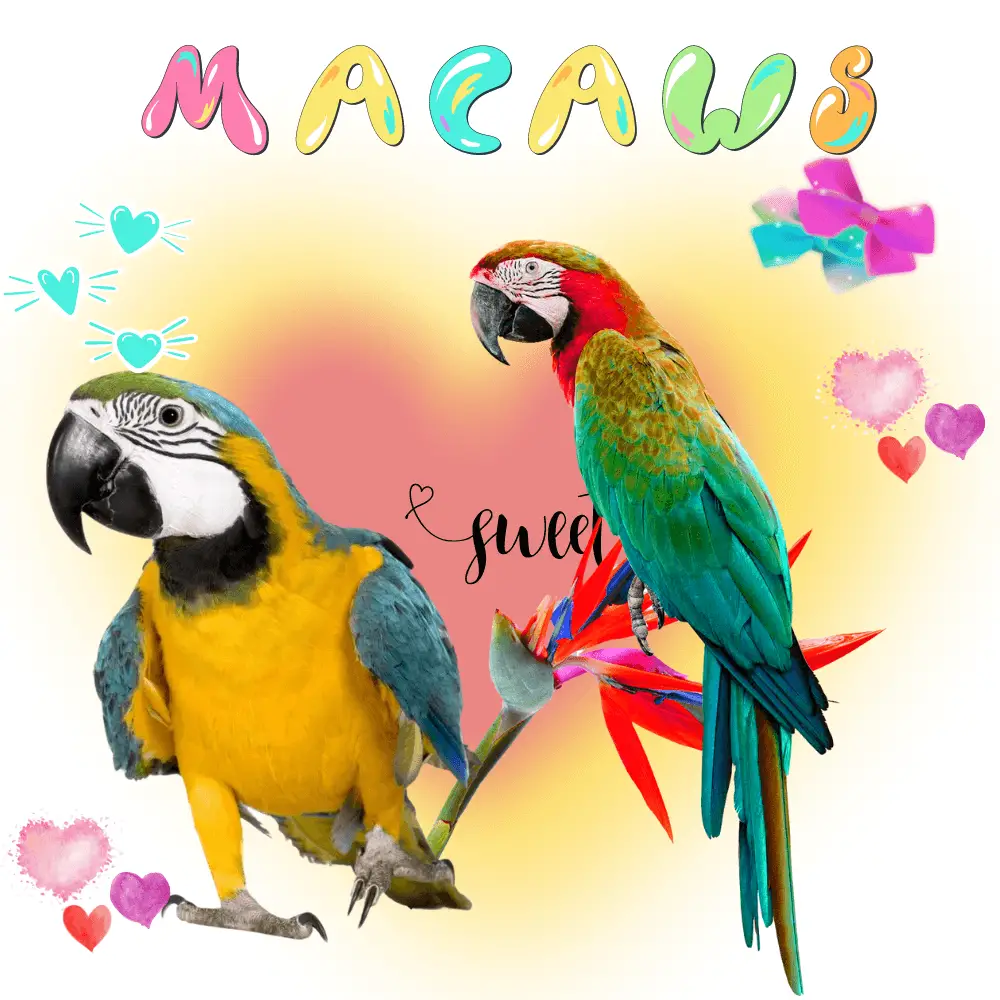
The macaw species refers to 17 species of flamboyantly colored parrots that mostly live in the forests of Central and South America.
This large parrot can measure up to 1 meter – a real record! Graceful and intelligent, they use their voice to communicate with each other and mark their territory.
Faithful lovers, macaws choose a companion for life with whom they breed and live in harmony.
Amazons

Amazons are recognizable thanks to their green plumage, there are 36 species of Amazon. Very sociable, these medium-sized birds – about 45 cm – often live together and are particularly talkative.
Great lovers of fruits and nuts, modify their diet as the mating season approaches and then turn to small animals: insects, rodents…
Like all parrots, their population continues to decline due to poaching and the disappearance of their natural habitats.
Budgerigar
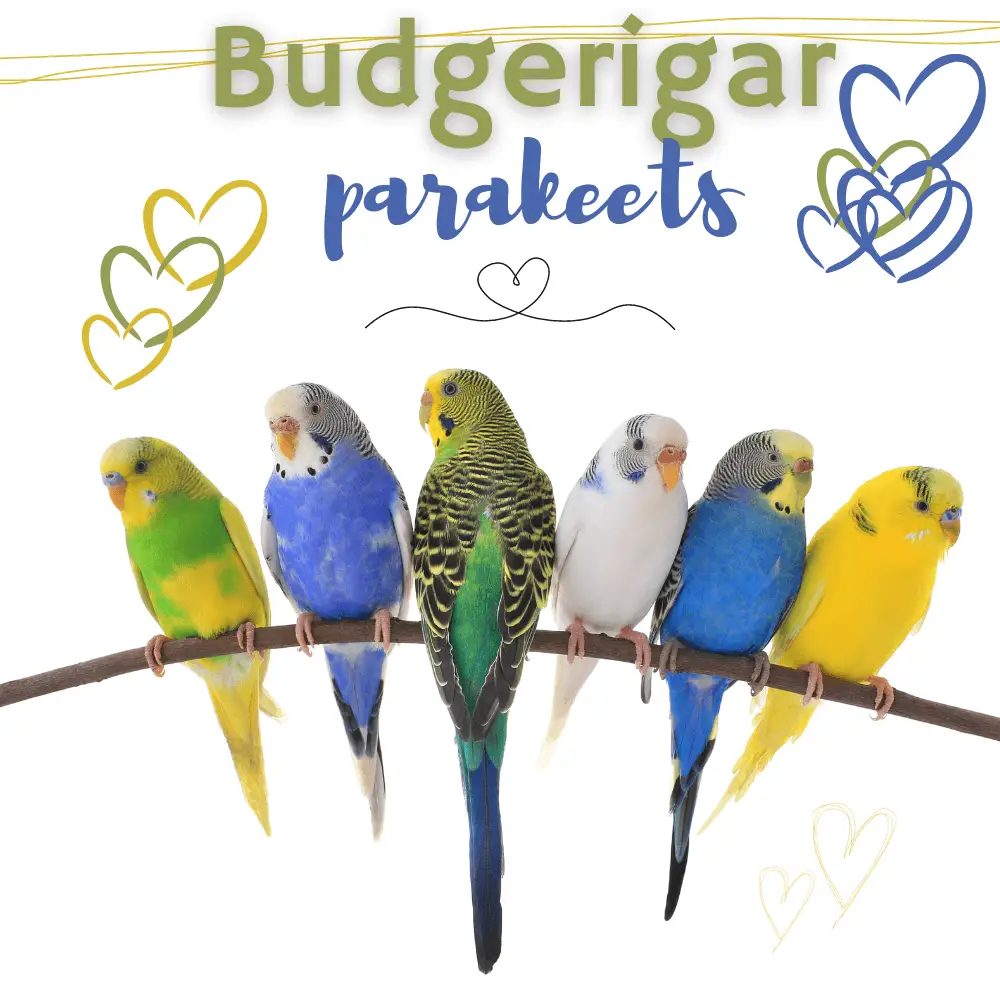
with the growing demand for parrots in Western countries, local mafias capture parrots in the wild to sell them mainly in the United States and Europe.
Between 1980 and 1990, millions of parrots were taken from the wild for export to the United States, Europe, and Asia.
The illegal marketing of parrots has caused the decline and disappearance of many species native to Latin America. In Africa, the Gabonese gray parrot has almost completely disappeared.
Eclectus parrot
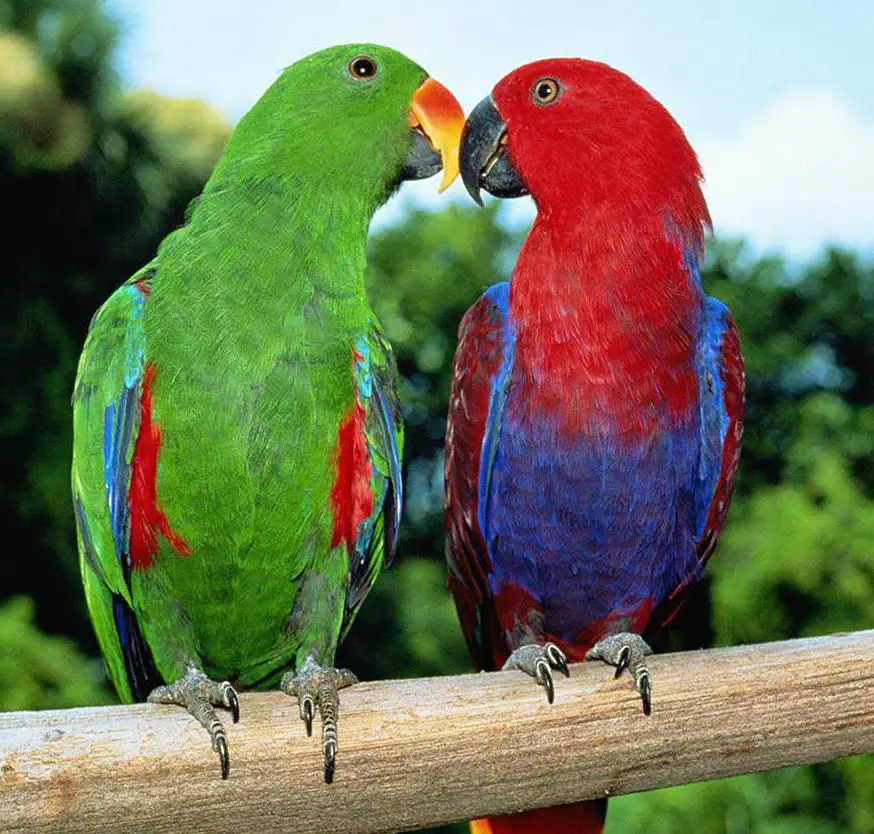
Eclectus parrot is native to the Solomon Islands, northeastern Australia, and New Guinea. It has, like other species, characteristics that allow it to be identified.
Of the solitary type, this bird is very calm in nature. He is not capricious and does not require special attention from his master.
He is not at all violent and prefers to remain calm. Quite curious, he also likes to be played with.
Cockatoo

Originally from Indonesia and Australia, this breed of parrot is known for its rather remarkable beauty.
This parrot is the most intelligent of parrots. He has the ability to adapt to any kind of environment.
He is both docile and infuriating. Very curious as a bird, it can happen that the male shows aggression when he is upset.
African grey parrot

Still known as the Jaco parrot or African gray, Gabon gray is by far the loudest talker among all existing parrot breeds.
It stands out for certain specific traits, in particular its physical and behavioral characteristics, as well as its diet, breeding, and health.
Of the kind that is easy to frame, this parrot is a fairly calm and sociable bird. Which makes him close especially with people.
Very intelligent, he easily adapts to his living environment. He is also very endearing and affectionate.
Pionus parrot
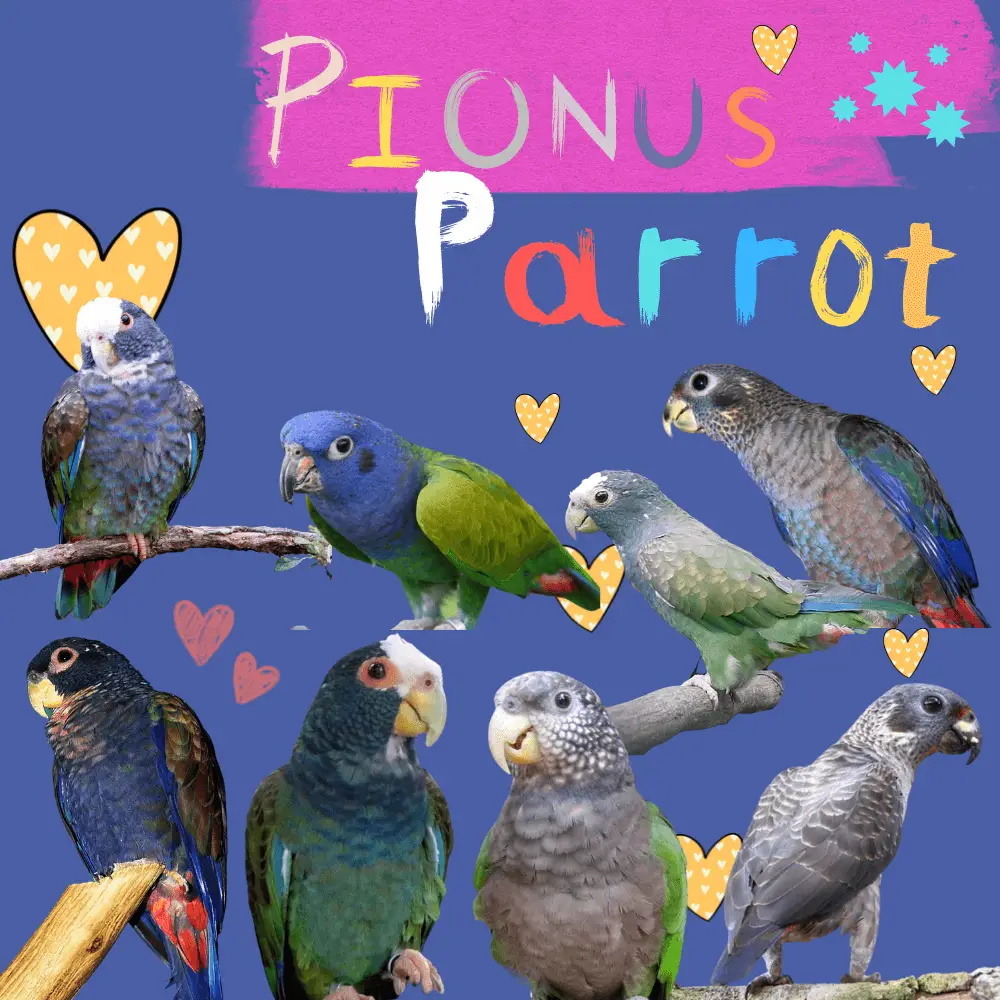
Native to Central and South America, the pionus parrot is one of the favorite breeds of humans for captivity.
He is generally a little stocky and distinguishes himself from the others thanks to singular characteristic features.
This little bird has a rather calm temperament. He is affectionate and docile. One trait that particularly sets him apart is his gasping breaths when disturbed or excited.
It can also emit a deafening cry. In this case, he can very quick bite. Not enjoying brutality or fuss at all, it is advisable not to let children get too close to him.
Senegal parrot

Also called youyou of Senegal, this very famous parrot is appreciated by all for its behavior and for its beauty. His rather friendly personality appeals to everyone. Discover all its features here.
It is a particularly happy bird. He loves to perform acrobatics. He is curious, intelligent, and rather courageous.
Enjoying the human company, he is faithful and loyal to his master. However, during its sexual maturity, it can be biting.
He is still a very funny little bird. He is not very talkative, but can sometimes imitate the sounds produced in his entourage.
Endangered parrots
Today, parrots are in danger. Of the 332 species listed to date, 90 are at risk of extinction in the coming years. Parrots are the most endangered birds on the planet.
Massive deforestation in South America threatens their natural habitat. In the Amazon, 38% of parrots are on the verge of extinction:
the Spix’s Macaw, the blue-cheeked Amazon but also other species whose population is decreasing because they cannot coexist with their peers. This is the case of the Sun conure.
Another threat to parrots is the illegal trafficking of New Pets, also known as NACs. Faced with the growing demand for parrots in Western countries, local mafias capture parrots in the wild to sell them mainly in the United States and Europe.
Between 1980 and 1990, millions of parrots were taken from the wild for export to the United States, Europe, and Asia.
The illegal marketing of parrots has caused the decline and disappearance of many species native to Latin America. In Africa, the African gray parrot has almost completely
Two rare parrots on the endangered species list
How to protect them?
The Parrot Wildlife Foundation (PWLF), intimately linked to Parrot World, has as its main mission to safeguard parrots and all the species that participate in their ecosystem.
Protection actions in France and around the world
The PWLF operates in several regions of the world as well as in France, where it works to improve the living conditions of parrots in captivity.
In Cameroon, the PWLF built an aviary to accommodate Gabon’s grey parrots injured and mistreated by poachers.
This benevolent space allows them to regain confidence before being reintroduced into nature.
Other parrot protection and census actions are also carried out in Costa Rica, Brazil, and the Dominican Republic.
Sensitize parrot owners to good domestic practices
In France, the Parrot Wildlife Foundation helps owners of domestic parrots provide the best possible living conditions for their feathered protégé.
The association regularly organizes awareness days on the well-being of psittacines. On the program:
free flight in the large aviary of the foundation and workshops to better understand the behavior of parrots.
Find listed below all the Psittaciformes present at Parrot World, grouped according to their family.
Parrot food
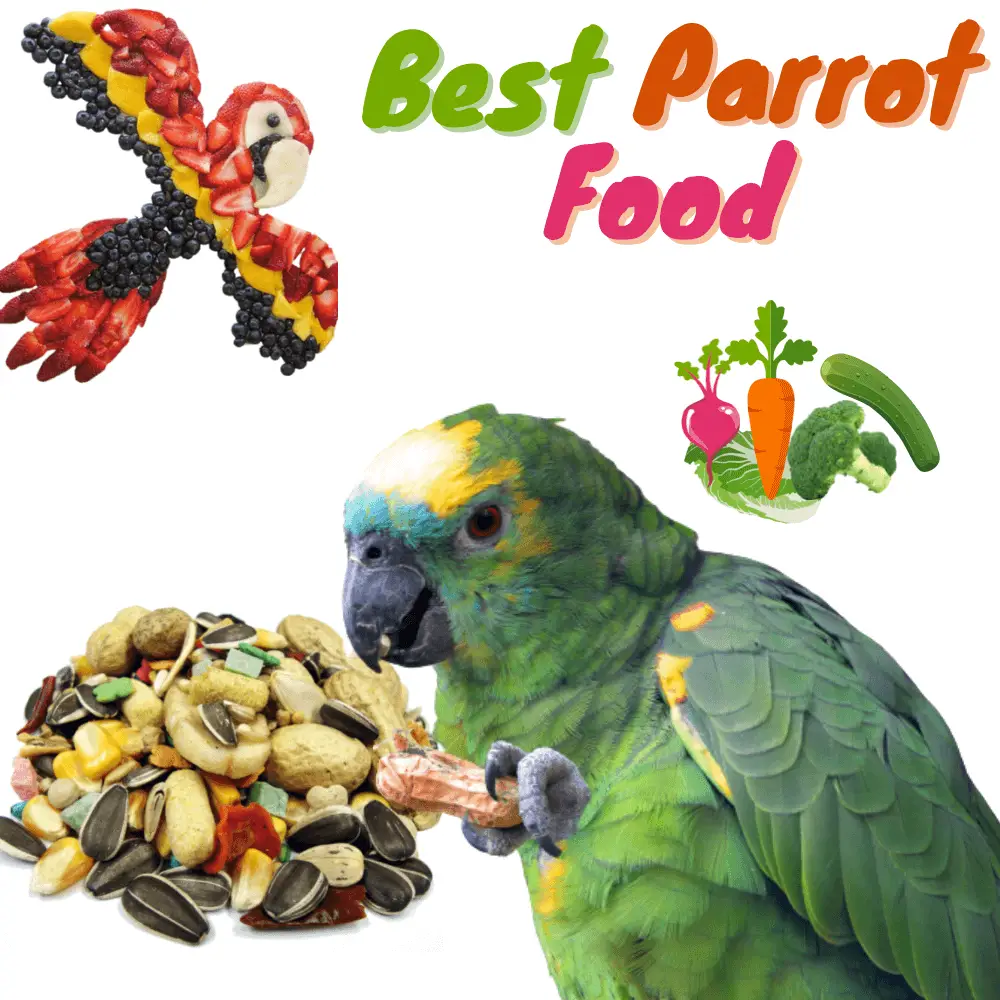
There are commercially available seed mixtures (millet, safflower, buckwheat, sesame, sunflower, etc.) and good quality extrudates, but the Parrot cannot be satisfied with this.
To prevent deficiencies and imbalances of all kinds, the parrot diet must be supplemented with fresh and well-washed fruits and vegetables (to remove chemical residues), cooked legumes, or even vitamin supplements prescribed by the veterinarian.
The parrot is also fond of nuts, but which should be given sparingly, because of fat: peanuts, almonds, pistachios, Brazil nuts, palm, macadam…
Fresh food is to be renewed regularly, as is the water for drinkers, which must be changed twice a day.
The lawyer, the rhubarb, and table scraps are part of the food that does not give to the parrot.
Parrot lifespan
The life expectancy of a Parrot is very variable from one species to another. The smallest can live up to 15 years, while the Gray of Gabon or the Macaws reach or exceed 80 years.
Parrot diseases
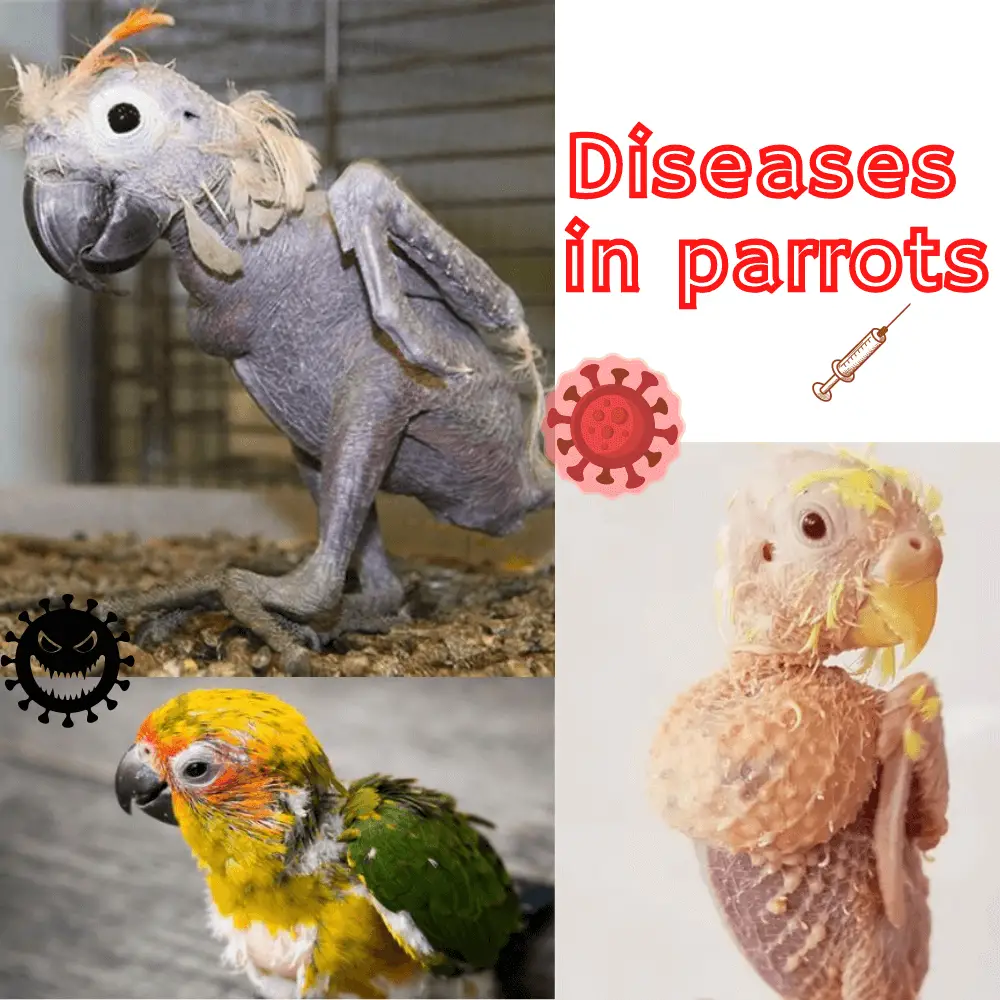
The chlamydiosis Avian called psittacosis is among the main concerns among Parrots owners on the health plan.
These diseases are caused by a bacterium, Chlamydophila, and are zoonoses. In other words, they can be transmitted to humans.

